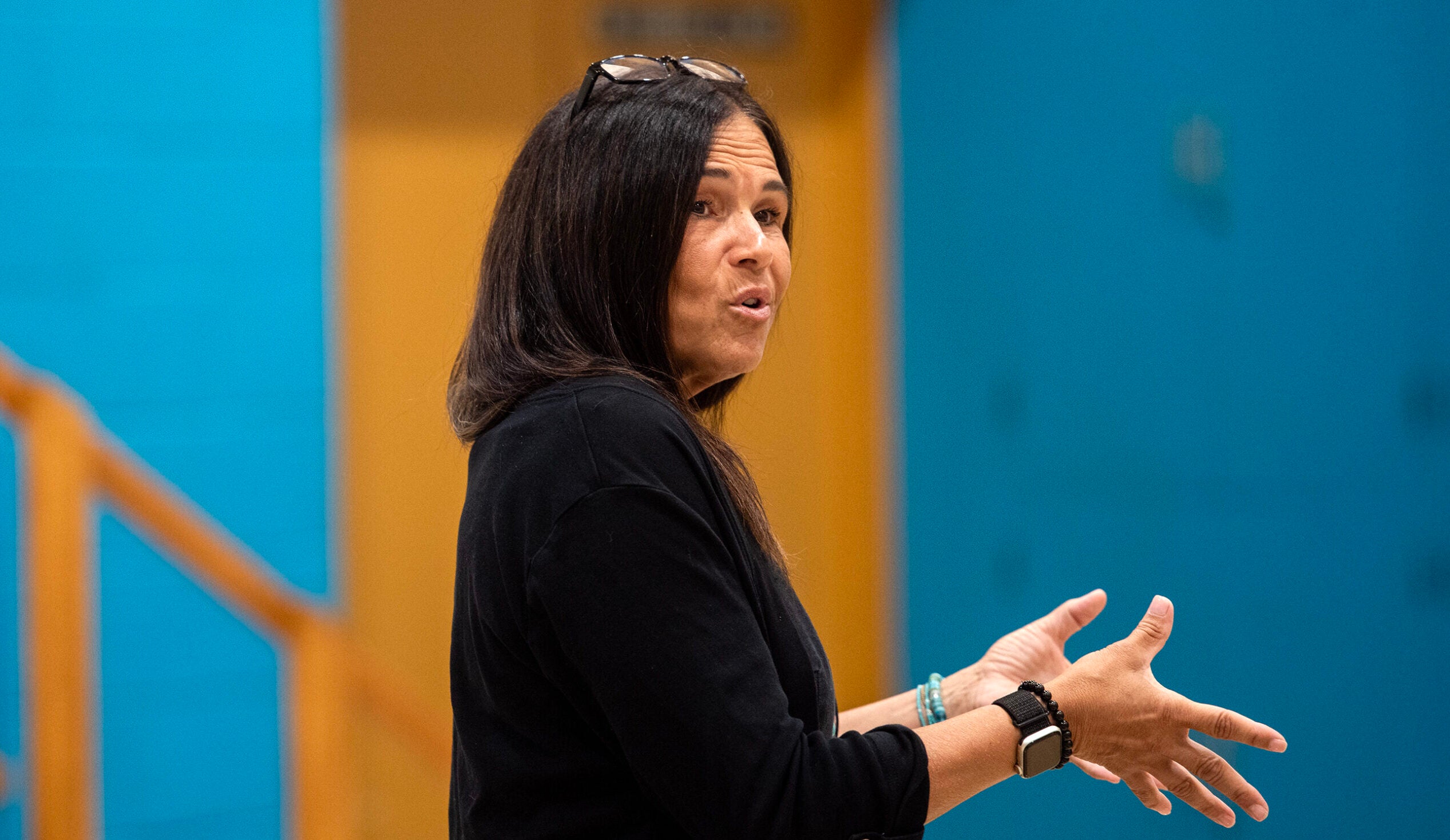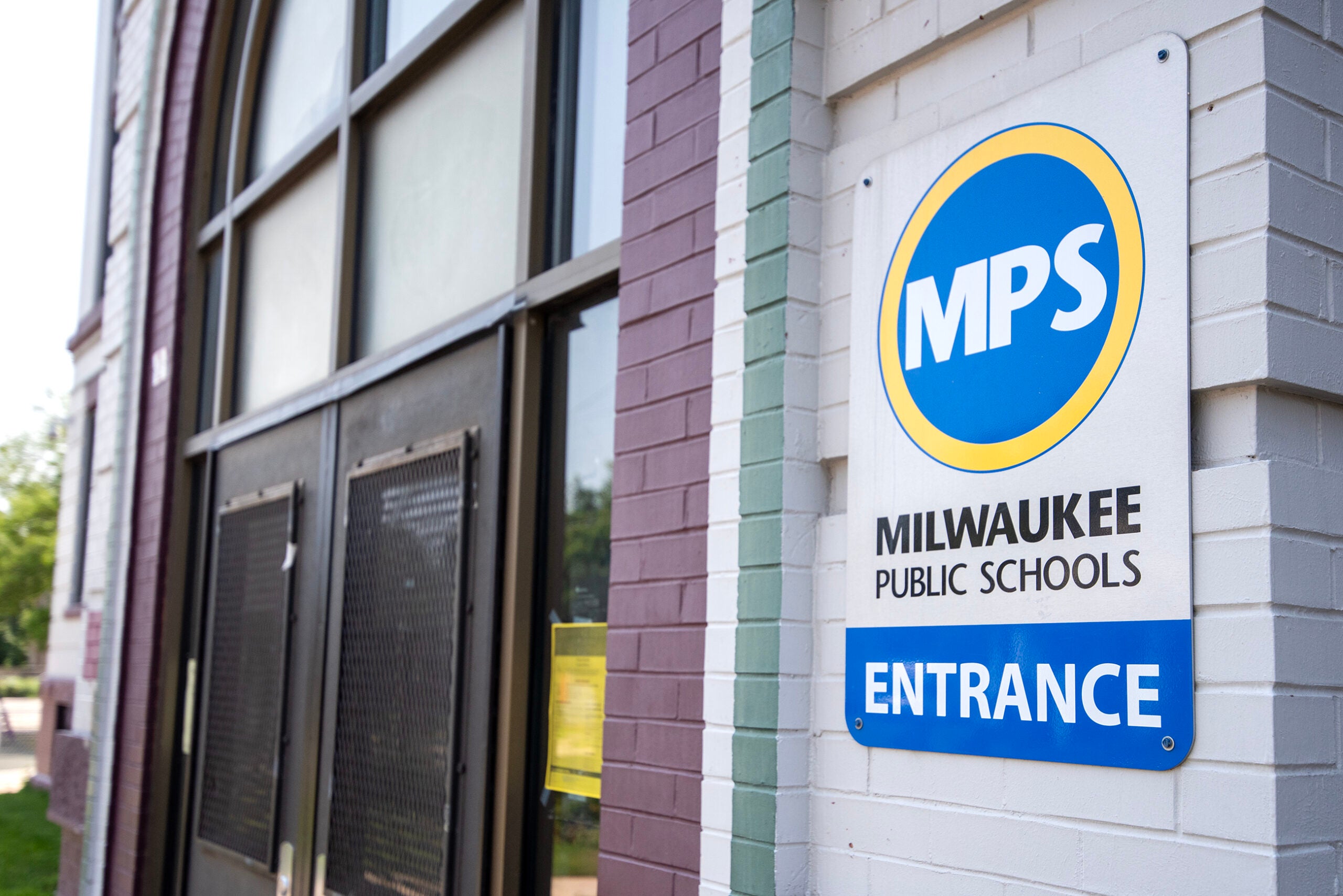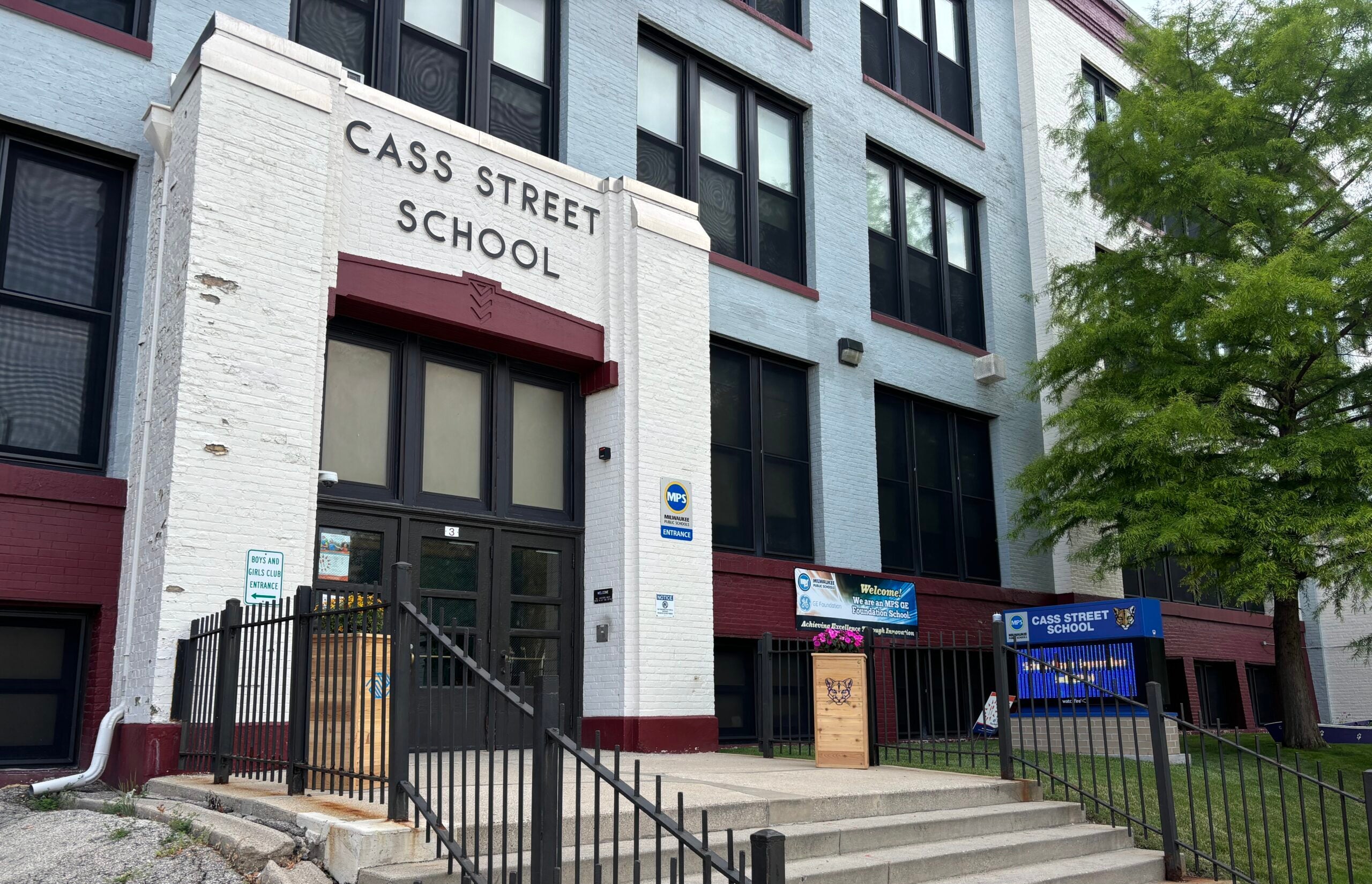Milwaukee Public Schools will not be required to take part in a state turnaround program for struggling schools next year. A new state system for grading schools and districts moved the city’s public schools out of the lowest performance level.
No school districts in Milwaukee County will be eligible for the Opportunity Schools Partnership Program during the 2016-17 school year, according to a letter state Superintendent of Public Instruction Tony Evers sent to Milwaukee Public Schools Superintendent Darienne Driver and Milwaukee County Executive Chris Abele.
OSPP required Milwaukee County to take over operation of a handful of the city’s lowest performing schools. But improvements in student performance mean Milwaukee schools won’t be eligible for the controversial program next year.
News with a little more humanity
WPR’s “Wisconsin Today” newsletter keeps you connected to the state you love without feeling overwhelmed. No paywall. No agenda. No corporate filter.
The program was created by Republican state legislators Sen. Alberta Darling, of River Hills, and Rep. Dale Kooyenga, of Brookfield, as part of the state’s 2015-17 budget. The program creates a turnaround district made up of the lowest performing schools in the lowest performing districts in the county with the goal of improving student outcomes at the schools.
Only Milwaukee Public Schools was eligible in the program’s first year.
To be eligible for a turnaround program, schools must be placed in the lowest performing category in the state’s school report card system and be in a district which has also been in the lowest performance category for two consecutive years.
In his letter to Driver and Abele, Evers indicated Milwaukee schools would not be placed in the lowest category on this year’s report cards, making all schools ineligible. The report cards will be released to the public in November.
Driver said the new formula for grading districts approved by state lawmakers takes poverty and improvement into account.
“This actually gives more weight to the areas of growth that you would expect to see improvements on in schools that are high poverty and schools that are low poverty,” Driver said.
It’s also because of the work district staff and partners did in raising test scores and closing gaps between students from different backgrounds, Driver said.
“In our early grades – looking at reading, speaking, writing, listening and how that looks on our standardized tests – we’ve seen some definite improvements there,” Driver said. “And quite a bit of work has happened around increasing attendance and reducing absenteeism.”
Driver said the recent achievements are a first step, and the district has a long way to go.
Kooyenga responded to the news in a written statement and pointed to changes in how districts are graded as the primary reason for Milwaukee leaving the lowest performance tier.
While the Milwaukee Public Schools district has made progress, he wrote, “under the previous model, MPS would still be considered a failing district.” Still, Kooyenga said he was optimistic the new grade was a sign of district progress under Driver.
“I am optimistic greater progress can be made if the MPS board empowers the superintendent to make the tough decisions necessary to improve educational outcomes.”
Abele appointed Demond Means, the Mequon-Thiensville School District superintendent, as OSPP commissioner in November.
Means and Abele released their proposal in April that a private charter school operator run one of the city’s struggling schools beginning this fall. MPS leaders rejected that proposal in June and suggested the turnaround district instead start a preschool program in a former MPS building. Means later resigned from as OSPP commissioner, and the program did not take over operations of any city schools this fall.
Wisconsin Public Radio, © Copyright 2026, Board of Regents of the University of Wisconsin System and Wisconsin Educational Communications Board.





